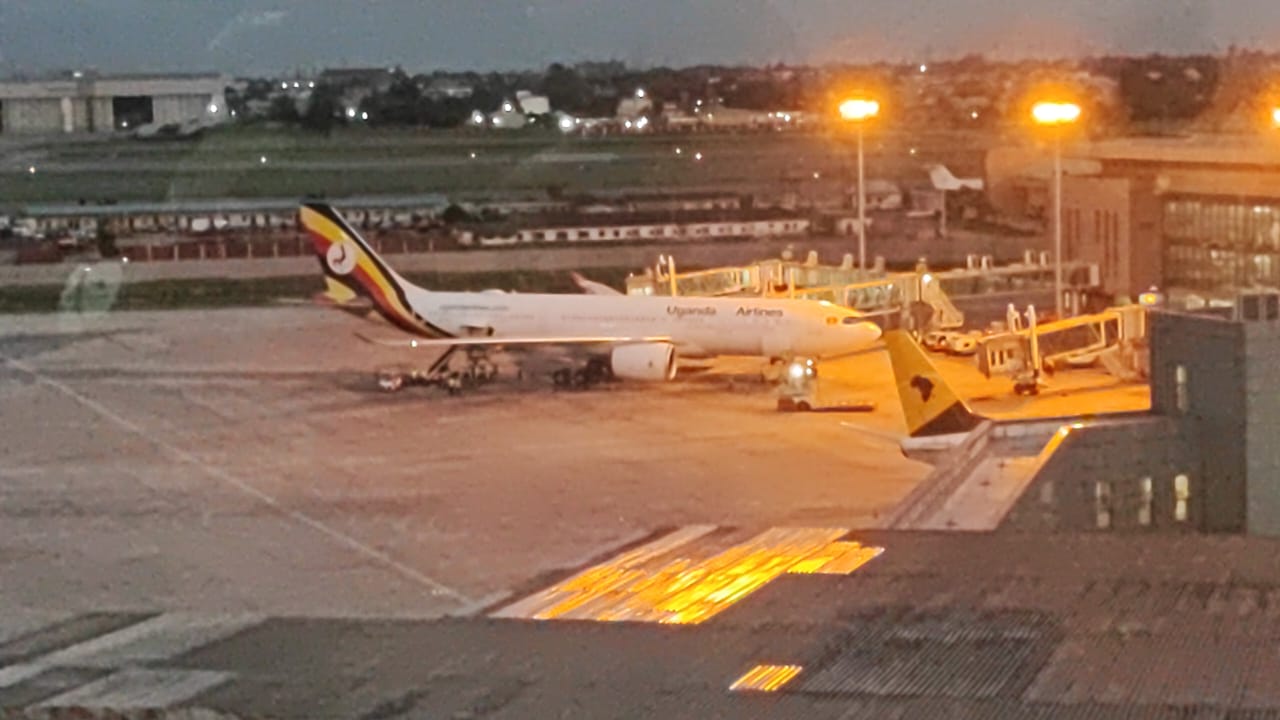African airlines make gains as global passenger demand surges 8.6pc in August
 Elgon, the Uganda Airlines A330-800 at the gate at Lagos Murtala Muhammad, on October 19, 2023
Elgon, the Uganda Airlines A330-800 at the gate at Lagos Murtala Muhammad, on October 19, 2023
African airlines saw continued improvements in passenger and cargo demand during August with combined domestic and international passenger traffic growing 9.6pc year-on-year, while demand for air cargo transport was also up 7.5pc, market analyses for the month by the International Airlines Association IATA show.
The increase in passengers transported during the month came off a 6.7pc growth in capacity year on year. The load factor also improved 77.9pc, 2.1 percentage points higher relative to August 2023.
The Africa region’s performance was one point above the combined global market rose 8.6pc on a 6.5pc increase in capacity. The global average load factor rose 1.6percentage point, to reach 86.2pc; while Africa’s share of the global air travel market remained a marginal 2.1pc.
IATA says the growth in Africa’s air cargo transport during the month was driven by an increase in demand for air cargo shipments on the Africa–Asia market which increased by 21.1pc compared to August 2023, “maintaining a streak of double-digit annual growth that originated in the second half of 2023.”
This growth came off an 11.4pc increase in cargo capacity year-on-year by African airlines. The load factor however slid to 37.8pc 1 percentage point below the comparable period for 2023; while Africa’s share of the global cargo market was 2pc.
Globally, the market registered an 11.4pc rise in demand on a 6.2pc increase in capacity, to achieve a 44.0pc average cargo load factor (up 2.0 ppt on Aug 2023).
“Crucially, global cargo yields were up 11.7pc on 2023, up 2pc on July 2024 and were 46pc above pre-pandemic levels, IATA says.
According to Director General Willie Walsh, “The market for air travel is hot and airlines are doing a great job at meeting the growing demand for travel. Efficiency gains have driven load factors to record highs while the 6.5pc capacity increase demonstrates resilience in the face of persistent supply chain issues and infrastructure deficiencies.
Walsh also expressed fears that a rapid rebound in demand without corresponding improvements to infrastructure, could choke connectivity.
“Looking ahead, the continued strong demand growth signals that we could be fast approaching an infrastructure capacity crunch that would restrict connectivity and choice for passengers and businesses. If governments want to maximize the benefits of aviation, they must take bold decisions to ensure sufficient infrastructure capacity. And, in the interim, both airports and air navigation service providers need to do more with the resources they currently have. In particular, the variance in declared capacity of airports with broadly the same infrastructure needs to be resolved, with airports emulating the best performers. The industry cannot afford to under-utilize the airport infrastructure that we have,” said Walsh.

 Uganda signs contract for construction of USD 3 billion Standard Gauge Rail project
Uganda signs contract for construction of USD 3 billion Standard Gauge Rail project
 Fresh Diary launches campaign to drum up yoghurt consumption in Uganda
Fresh Diary launches campaign to drum up yoghurt consumption in Uganda
 IATA Launches SeMS Certification to close gaps in aviation security risk management
IATA Launches SeMS Certification to close gaps in aviation security risk management
 TAAG Angola inducts new A220 into fleet
TAAG Angola inducts new A220 into fleet
 Qantas elevates Sydney-Johannesburg route to A380 superjumbo
Qantas elevates Sydney-Johannesburg route to A380 superjumbo
 Thrust Carbon, BA and Microsoft onboard IATA CO2 Connect emissions calculator
Thrust Carbon, BA and Microsoft onboard IATA CO2 Connect emissions calculator
